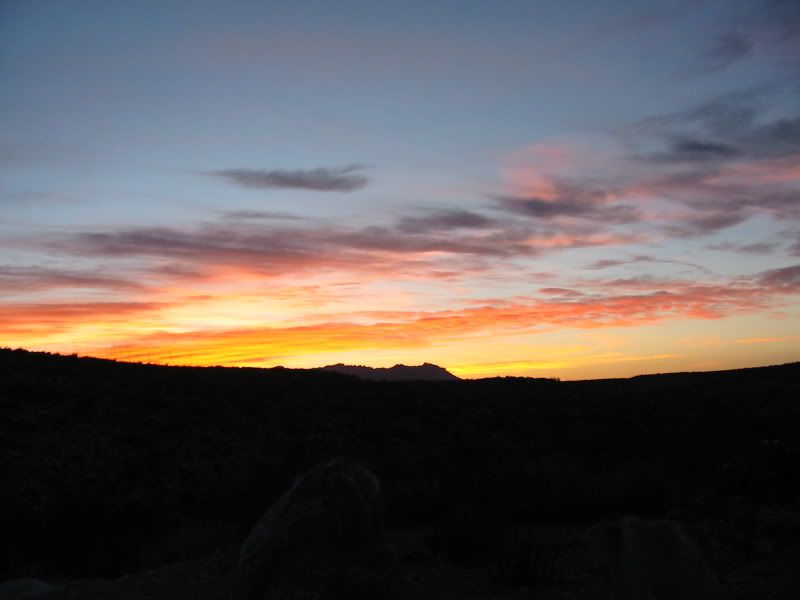Interesting stuff! I'm the local ham radio storm spotter for this end of Dallas County and run a radio "net" of other spotters when things look bad. We alert the fire chief, who then sets off sirens. Every two years, all of us take a National Weather Service weather class (comes in three levels) to stay current on the latest. I highly recommend taking the class (free). Get with your local ham radio club and they will get you hooked up.
What's your stormiest moment while in the backcountry and how did you make it through the night? Do tell of your setup to anchor your tents down, if you like, so others can read and learn.
Two come to mind....
1) was in a canyon in the south Texas desert. Clear skies. Turns out, when the sun sets, cool air spills over the canyon headwall and accelerates down the canyon. You can hear it before it hits, every 15 minutes, all night long! Broke all my tent hoops and I felt like I was on the roof of a speeding car, in 15 minute bursts, tent wrapped around my head. (note to self...don't camp withing 2 miles of a canyon headwall.
2) was in a hammock this time. Saw thunderstorm heading our way. Straight line winds whipped rain and hail horizontal to the point I had to stand under the rainfly and hold hammock/bag/clothing in a bunch until it blew threw. Painful, but my stuff stayed dry. Rain was literally blowing UP under the fly, which was trying to "fly".

Stronger lines won't do you any good, really. Tornadic or straight line winds will treat your shelter like tissue paper, and debris doesn't care what you are hiding in. The best spotter/chaser advice is to get as low as you can, all things considered, and/or behind or under something that can't move. Lightening, is another matter all together and depends on where you are...mountain, lake, flats, etc.










 Previous Topic
Previous Topic Index
Index







